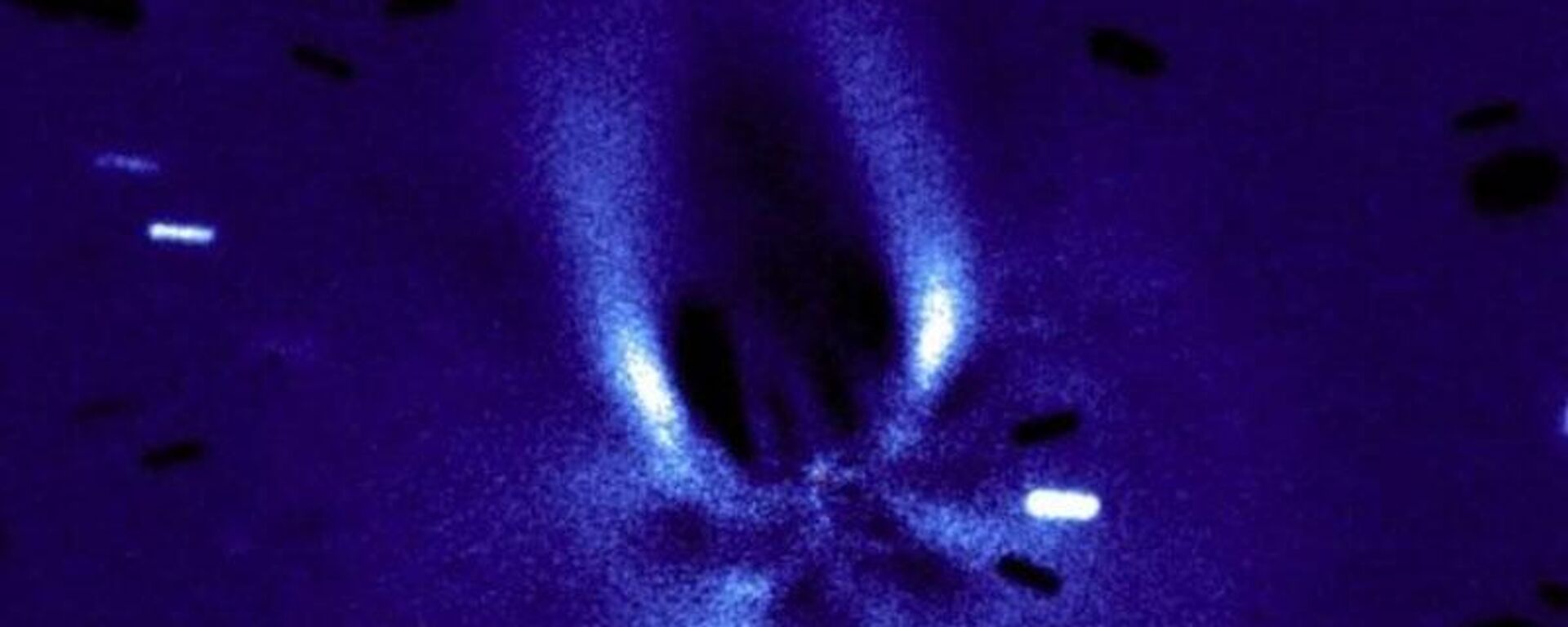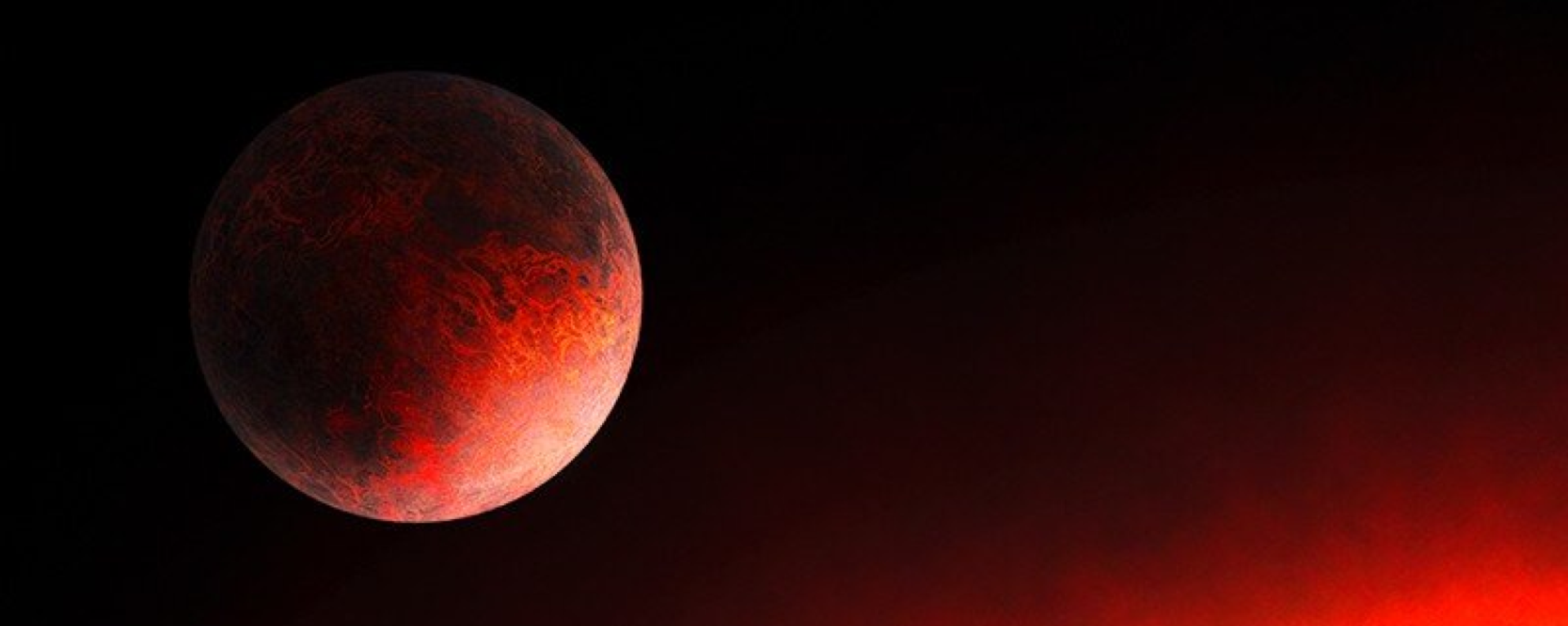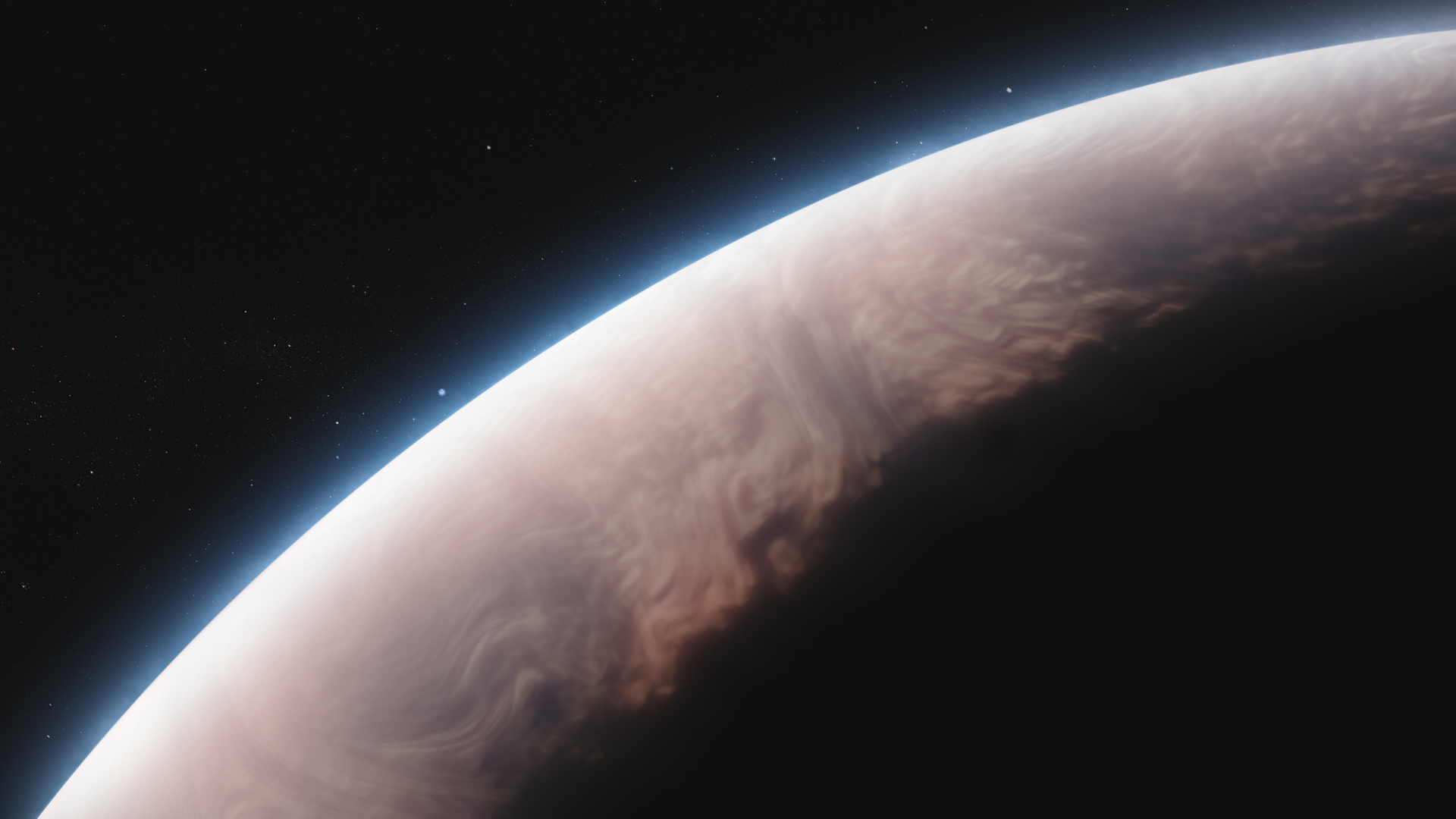https://sputnikglobe.com/20231016/nasas-webb-telescope-discovers-game-changer-quartz-crystals-in-exoplanets-clouds-1114241090.html
NASA's Webb Telescope Discovers Game-Changer Quartz Crystals in Exoplanet's Clouds
NASA's Webb Telescope Discovers Game-Changer Quartz Crystals in Exoplanet's Clouds
Sputnik International
NASA's JWST has identified tiny quartz crystals in the skies of the gas giant exoplanet, WASP-17 b, marking the first-ever detection of silica particles in an exoplanet's atmosphere.
2023-10-16T22:34+0000
2023-10-16T22:34+0000
2023-10-16T22:31+0000
beyond politics
science & tech
james webb space telescope
nasa
space
space exploration
exoplanet
gas giant
https://cdn1.img.sputnikglobe.com/img/07e7/0a/10/1114240920_0:0:3640:2048_1920x0_80_0_0_fe2f247c3ce232f3e52970e8717fac7a.png
In a scientific breakthrough that redefines our understanding of exoplanets, NASA's James Webb Space Telescope has unearthed the presence of minuscule quartz crystals in the high-altitude clouds of the hot Jupiter exoplanet WASP-17 b, which sits some 1,300 light-years from Earth.Quartz, a common mineral on Earth used in various applications such as glass manufacturing and microchip production, was discovered in the form of "snowflakes" suspended in the skies of the searing-hot exoplanet. The crystalline particles, smaller than the width of a human hair, were detected racing through the sweltering atmosphere at astonishing speeds exceeding thousands of miles per hour.While silicate minerals are prevalent in our solar system and the galaxy, prior observations indicated magnesium-rich silicates in exoplanet atmospheres. The presence of pure quartz (SiO2) particles in WASP-17 b's clouds challenges assumptions and suggests they may be the "seeds" for the formation of larger silicate grains found in cooler exoplanets and brown dwarfs.WASP-17 b, with a volume more than seven times that of Jupiter and a unique, puffy composition, proved ideal for transmission spectroscopy. The technique involves measuring the way a planet's atmosphere filters and scatters starlight, providing valuable data on its composition.During nearly 10 hours of observation, the Webb telescope collected over 1,275 brightness measurements of mid-infrared light, allowing researchers to calculate the wavelengths blocked by the exoplanet's atmosphere. An unexpected "bump" at 8.6 microns indicated the presence of quartz in the clouds, offering a fresh perspective on exoplanet cloud formation and evolution.Although the quartz crystals resemble earthly hexagonal prisms, they are incredibly tiny, measuring only about 10 nanometers across. Unlike terrestrial clouds that capture particles from the ground, the quartz crystals in WASP-17 b's atmosphere originate in the extreme conditions of its atmosphere, forming directly from gas without a liquid phase.Understanding the composition of these clouds is pivotal for comprehending the planet as a whole, as it plays a crucial role in determining the planet's environment. The study suggests neglecting the oxygen locked in minerals like quartz could lead to an underestimation of the planet's total abundance of elements.The presence and distribution of the tiny quartz crystals remain a topic of further study. Researchers speculate that they are likely present along the day/night transition region of the planet, where winds could transport them at incredible speeds, contributing to the complexity of exoplanet weather patterns.The study was published in the Astrophysical Journal.
https://sputnikglobe.com/20231016/huge-city-sized-comet-sprouts-horns-after-cryovolcanic-eruption-1114240448.html
https://sputnikglobe.com/20230921/metalhead-earth-sized-exoplanet-made-mainly-of-iron-likely-remnant-core-of-much-larger-world-1113569906.html
Sputnik International
feedback@sputniknews.com
+74956456601
MIA „Rossiya Segodnya“
2023
News
en_EN
Sputnik International
feedback@sputniknews.com
+74956456601
MIA „Rossiya Segodnya“
Sputnik International
feedback@sputniknews.com
+74956456601
MIA „Rossiya Segodnya“
nasa webb telescope, james webb space telescope, wasp-17 b, what is wasp-17 b, quartz in space, exoplanet atmospheres, space studies, space,
nasa webb telescope, james webb space telescope, wasp-17 b, what is wasp-17 b, quartz in space, exoplanet atmospheres, space studies, space,
NASA's Webb Telescope Discovers Game-Changer Quartz Crystals in Exoplanet's Clouds
The recent find marking the first-ever detection of silica particles in an exoplanet's atmosphere and provides remarkable insights into exoplanet composition and weather patterns.
In a scientific breakthrough that redefines our understanding of exoplanets, NASA's James Webb Space Telescope has unearthed the presence of minuscule quartz crystals in the high-altitude clouds of the hot Jupiter exoplanet WASP-17 b, which sits some 1,300 light-years from Earth.
Quartz, a common mineral on Earth used in various applications such as glass manufacturing and microchip production, was discovered in the form of "snowflakes" suspended in the skies of the searing-hot exoplanet. The crystalline particles, smaller than the width of a human hair, were detected racing through the sweltering atmosphere at astonishing speeds exceeding thousands of miles per hour.
"We knew from Hubble observations that there must be aerosols – tiny particles making up clouds or haze – in WASP-17 b's atmosphere, but we didn't expect them to be made of quartz," stated lead researcher David Grant, of the University of Bristol.
While silicate minerals are prevalent in our solar system and the galaxy, prior observations indicated magnesium-rich silicates in exoplanet atmospheres. The presence of pure quartz (SiO2) particles in WASP-17 b's clouds challenges assumptions and suggests they may be the "seeds" for the formation of larger silicate grains found in cooler exoplanets and brown dwarfs.

16 October 2023, 21:24 GMT
The James Webb Space Telescope's unique capability to measure the crystals' subtle effects on starlight from over seven million billion miles away is providing crucial insights into exoplanet atmospheres and their meteorological phenomena.
WASP-17 b, with a volume more than seven times that of Jupiter and a unique, puffy composition, proved ideal for transmission spectroscopy. The technique involves measuring the way a planet's atmosphere filters and scatters starlight, providing valuable data on its composition.
During nearly 10 hours of observation, the Webb telescope collected over 1,275 brightness measurements of mid-infrared light, allowing researchers to calculate the wavelengths blocked by the exoplanet's atmosphere. An unexpected "bump" at 8.6 microns indicated the presence of quartz in the clouds, offering a fresh perspective on exoplanet cloud formation and evolution.

21 September 2023, 21:02 GMT
Although the quartz crystals resemble earthly hexagonal prisms, they are incredibly tiny, measuring only about 10 nanometers across. Unlike terrestrial clouds that capture particles from the ground, the quartz crystals in WASP-17 b's atmosphere originate in the extreme conditions of its atmosphere, forming directly from gas without a liquid phase.
Understanding the composition of these clouds is pivotal for comprehending the planet as a whole, as it plays a crucial role in determining the planet's environment. The study suggests neglecting the oxygen locked in minerals like quartz could lead to an underestimation of the planet's total abundance of elements.
The presence and distribution of the tiny quartz crystals remain a topic of further study. Researchers speculate that they are likely present along the day/night transition region of the planet, where winds could transport them at incredible speeds, contributing to the complexity of exoplanet weather patterns.
The study was published in the
Astrophysical Journal.



